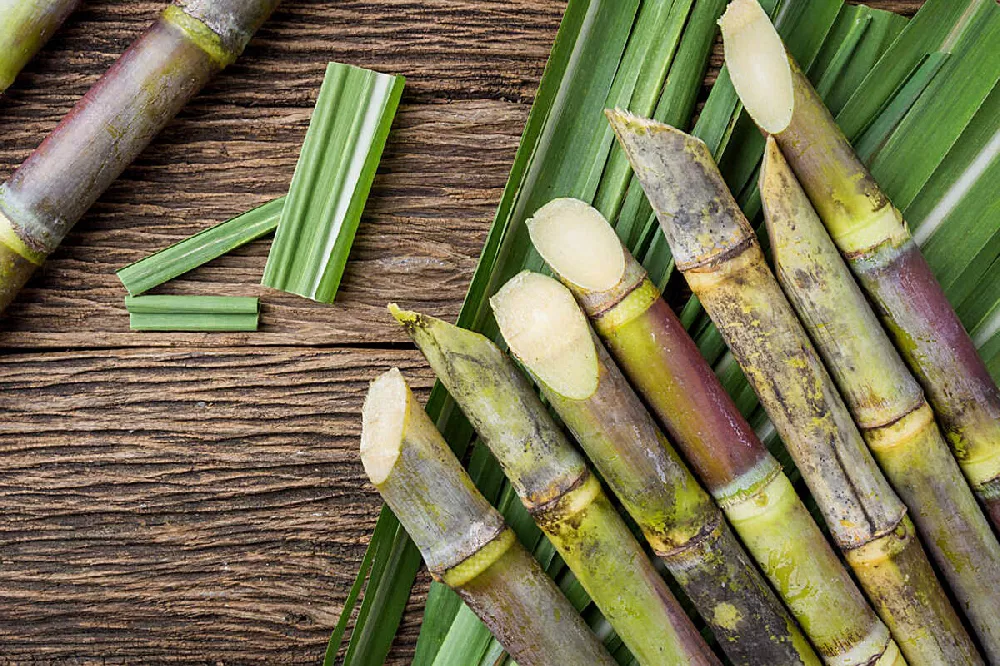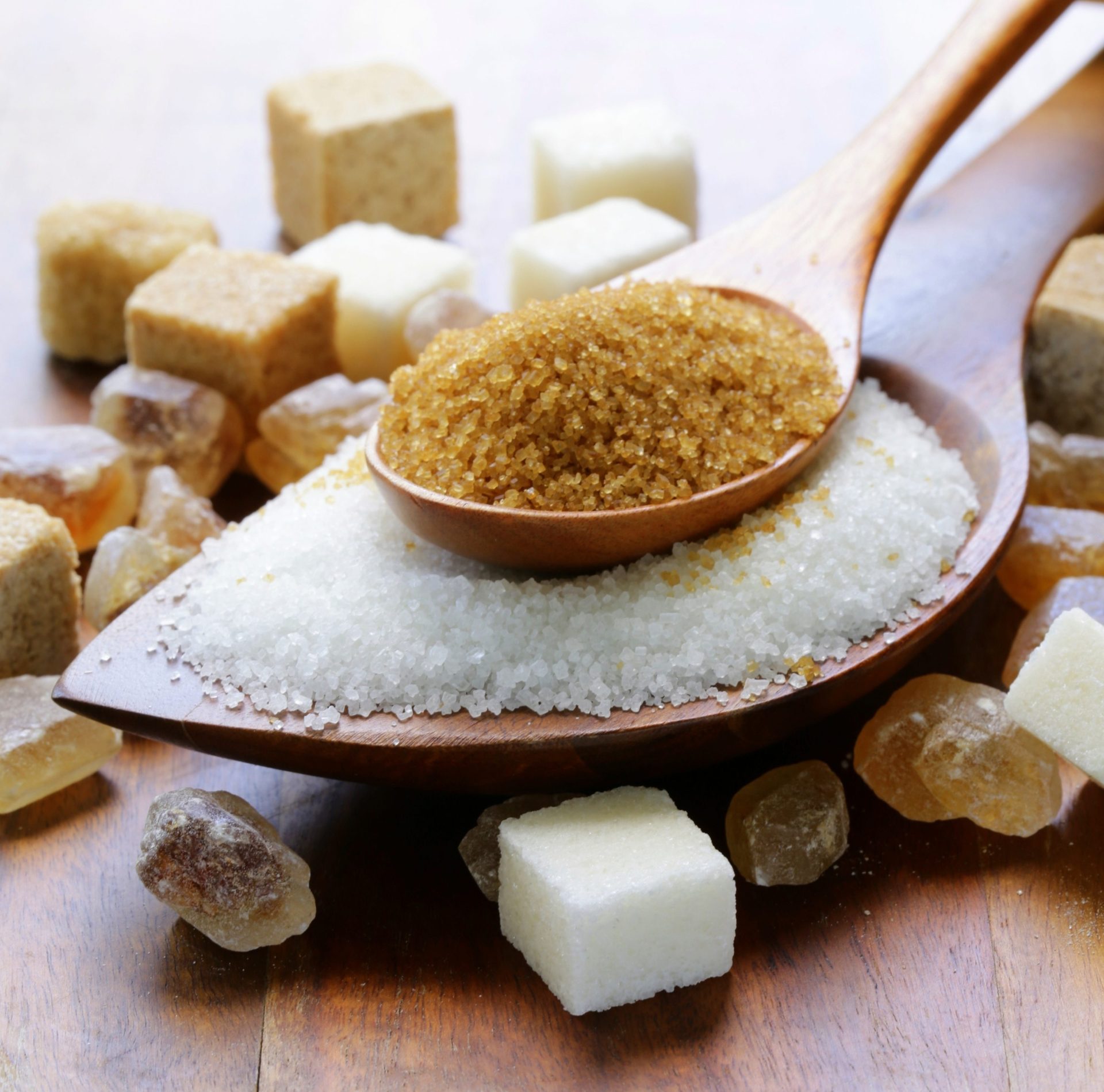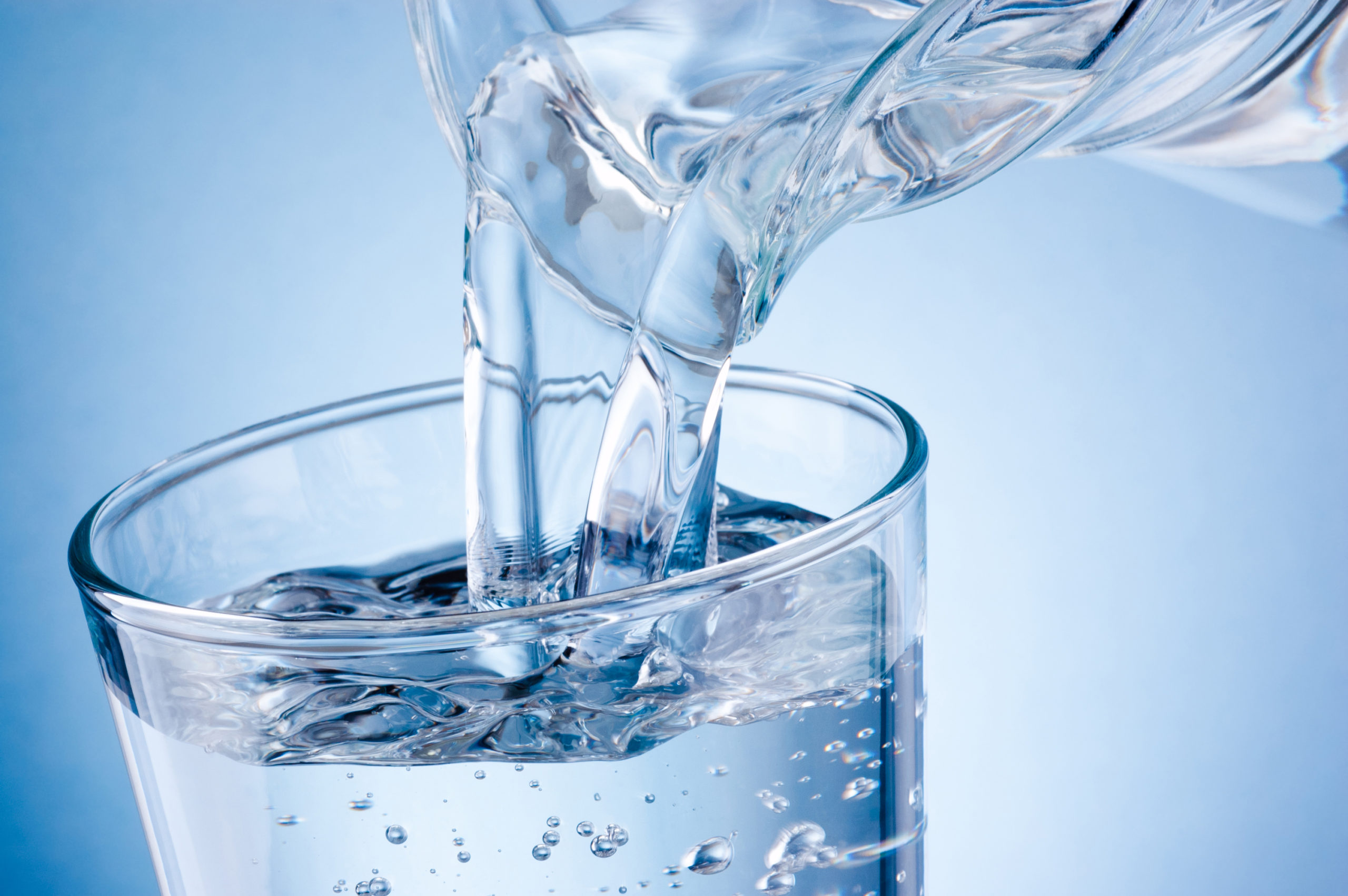The Role of sugar cane products in Global Farming and Agro-Industry
Discover Everything About Sugar Cane: From Production Strategies to Item Innovations
Sugar cane is a plant with both historical relevance and modern importance. Its cultivation has progressed from conventional approaches to contemporary techniques that fulfill today's agricultural demands. This development consists of ingenious processing methods that change the cane into a selection of products. As the industry deals with ecological obstacles, brand-new lasting techniques are emerging. The intricacies of sugar cane production and its future in international markets existing appealing questions worth discovering additionally.
The Background of Sugar Cane Cultivation
Although sugar cane is typically connected with exotic climates, its farming has a rich background that goes back hundreds of years. Coming From in Southeast Asia, the earliest documents of sugar cane's usage date back to around 8000 BCE, where it was eaten for its sweet taste. By the initial millennium, it infected India, where it became integral to neighborhood societies. The technology to crystallize sugar arised in India by the 5th century CE, marking a considerable turning point in sugar production.With the development of trade paths, sugar cane discovered its method to the Middle East and, ultimately, Europe. The establishment of haciendas in the Caribbean throughout the 16th century changed the worldwide sugar market, driven greatly by colonial growth. As sugar ended up being an in-demand commodity, its growing shaped economic climates and societies, preparing for modern-day production techniques that developed with the advancement of farming and modern technology.
Standard Farming Methods
As sugar cane cultivation evolved with background, conventional farming techniques arised as foundational methods that shaped its manufacturing. These approaches, commonly passed down through generations, consisted of using manual tools such as hoes and machetes for planting and collecting. Farmers generally prepared the soil by hand, utilizing crop rotation and intercropping to keep soil fertility and control parasites. Water management was crucial, with many traditional farmers counting on natural watering systems and rainwater harvesting.Planting was most of the time to synchronize with seasonal rains, assuring excellent development conditions. Traditionally, sugar cane was planted in rows, permitting less complicated upkeep and harvesting. Collecting was done manually, needing experienced labor to reduce damages to the stalks. In general, typical farming techniques highlighted sustainability and a deep understanding of the regional environment, developing a critical part of the social heritage surrounding sugar cane farming. These practices laid the foundation for future innovations in sugar production.
Modern Agricultural Practices
Modern farming methods have increasingly incorporated accuracy farming strategies to enhance sugar cane manufacturing. sugar cane products. These methods use data-driven strategies to optimize inputs and improve yields while decreasing ecological impact. Additionally, sustainable parasite management techniques are being adopted to safeguard crops without jeopardizing eco-friendly balance
Precision Farming Methods
Accuracy farming techniques stand for a transformative method to agriculture, leveraging modern technology to enhance productivity and sustainability in sugar cane manufacturing. By utilizing devices such as GPS, remote noticing, and information analytics, farmers can keep track of crop health, dirt problems, and water use with unmatched accuracy. This data-driven method enables for targeted treatments, lowering waste and enhancing resource allocation. Drones and satellite images promote real-time evaluations, allowing growers to respond quickly to emerging concerns or modifications in environmental conditions. Furthermore, precision farming boosts return forecasting and boosts decision-making processes, ultimately causing much better plant management. Consequently, sugar cane manufacturers can accomplish greater performance and profitability while minimizing their ecological footprint, adding to the total innovation of contemporary agricultural techniques.

Sustainable Pest Administration
Effective monitoring of insects is vital for keeping the wellness and productivity of sugar cane plants. Sustainable bug administration methods concentrate on lessening chemical inputs while optimizing environmental equilibrium. sugar cane products. Integrated Insect Monitoring (IPM) is a preferred method, combining organic control, environment adjustment, and using resistant sugar cane ranges. Farmers are increasingly utilizing helpful insects and natural predators to subdue pest populations, minimizing dependence on artificial pesticides. Tracking bug degrees via traps and searching permits for timely treatments, making sure that control steps are applied only when required. Furthermore, plant turning and intercropping boost biodiversity, additional lessening insect break outs. By embracing these sustainable methods, sugar cane producers can preserve crop return while advertising ecological stewardship and lowering the adverse effects connected with standard parasite control approaches
Handling Sugar Cane: From Area to Factory
The elaborate journey of sugar cane from area to manufacturing facility includes several important steps that transform this vibrant crop into a basic material for sugar production. After harvesting, sugar cane is quickly delivered to the handling center to decrease sucrose loss. The very first step at the factory is washing the cane to remove contaminations, complied with by crushing to extract the juice. This juice undergoes explanation, where it is heated and treated with lime to remove solid fragments and impurities.Once made clear, the juice is concentrated via evaporation, resulting in syrup. The syrup is after that crystallized by cooling down my review here and adding seed crystals, resulting in the formation of sugar crystals. Complying with crystallization, the sugar undertakes centrifugation to separate it from molasses. Eventually, the sugar is dried out, packaged, and planned for distribution. Each action in this process is essential for guaranteeing the quality and performance of sugar production.
Sugar Cane Products and Their Applications

Sugar and All-natural Sugars
Although usually neglected, sweeteners and all-natural sugars stemmed from sugar cane play a necessary role in the food and beverage market. These products, including sucrose, molasses, and raw sugar, give a variety of tastes and capabilities that enhance different food items. Sucrose, the most typical sugar, is commonly utilized for its sweetening residential properties, while molasses contributes deepness and intricacy to baked products and sauces. Natural sugars from sugar cane are preferred for their marginal processing and regarded health and wellness benefits contrasted to man-made sugar. On top of that, advancements in sugar cane processing have actually resulted in choices like fluid sugar and concentrated cane juice, satisfying diverse consumer choices. On site web the whole, sugar cane-derived sugar are indispensable to flavor, protecting, and boosting food experiences.
Biofuels and Renewable Resource

Sustainability in power production has actually progressively turned focus to sugar cane as a sensible source for biofuels. This exotic crop, rich in sucrose, can be transformed into ethanol, a renewable gas that lowers greenhouse gas exhausts compared to nonrenewable fuel sources. The fermentation procedure utilizes molasses, a result of sugar manufacturing, making best use of resource efficiency. Additionally, sugar cane's biomass, consisting of bagasse and leaves, can be changed into bioenergy, adding to a round economy. Various innovations in handling methods enhance the yield of biofuels, making sugar cane an attractive choice for power diversification. Furthermore, the growing demand for sustainable energy resources drives research right into improving growing methods and lowering the carbon footprint of biofuel manufacturing, positioning sugar cane as a key gamer in the renewable resource landscape.
Advancements in Sugar Cane Sustainability
As the international need for sugar increases, advancements in sugar cane sustainability have actually ended up being important to meet both ecological and financial obstacles. Modern agricultural techniques are being carried out to reduce water use, improve dirt wellness, and minimize chemical inputs. Strategies such as accuracy agriculture utilize information analytics and technology to maximize source usage and rise plant yields sustainably.Additionally, the advancement of genetically customized sugar cane ranges intends to boost resistance to parasites and environmental stressors, resulting in higher performance with less inputs. Waste administration techniques are likewise progressing; by-products from sugar cane processing are being changed into bioenergy, lowering reliance on fossil fuels.Furthermore, partnerships between farming stakeholders and environmental organizations are cultivating methods that promote biodiversity and community health and wellness. These technologies not only help alleviate the ecological impact of sugar cane manufacturing however likewise develop an extra resilient and sustainable sector for the future.
The Future of Sugar Cane in Global Markets
While international sugar intake remains to rise, the future of sugar cane in worldwide markets faces both possibilities and difficulties. The raising demand for biofuels and lasting products offers a considerable opportunity for sugar cane producers, as the plant can be used for ethanol manufacturing and other eco-friendly alternatives. On top of that, innovations in handling strategies may enhance effectiveness and minimize expenses, making sugar cane much more competitive versus various other sweeteners.However, obstacles such as climate modification, fluctuating market rates, and changing consumer choices toward much healthier alternatives make complex the landscape. Moreover, trade plans and tolls can impact the global market dynamics, influencing farmers' productivity. As stakeholders browse these intricacies, cooperation amongst producers, federal governments, and researchers will certainly be important in adjusting to the developing market. The future of sugar cane depends upon stabilizing these opportunities and challenges to protect its place in a quickly transforming global economic climate.
Regularly Asked Questions
How Does Sugar Cane Impact Local Ecosystems and Biodiversity?
The cultivation of sugar cane considerably influences local environments and biodiversity. Monoculture methods can cause habitat damage, while chemical use might harm non-target types, ultimately disrupting eco-friendly balance and minimizing varieties richness in influenced locations.
What Are the Wellness Effects of Consuming Sugar Cane Products?
The wellness effects of consuming sugar cane items include potential benefits like energy increases and antioxidants, but extreme consumption may cause weight gain, oral concerns, and raised risk of diabetic issues, prompting small amounts in consumption.
Exist Any Type Of Alternatives to Sugar Cane for Sugar Production?
Alternatives to the original source sugar cane for sugar manufacturing consist of sugar beetroot, maple sap, and coconut palm sap. These sources offer similar sweet taste and can be cultivated in various climates, supplying varied options for sugar production worldwide.
How Is Sugar Cane Impacted by Climate Modification?
Environment adjustment greatly impacts sugar cane, creating altered rainfall patterns, boosted temperature levels, and heightened pest stress. These aspects can reduce returns and impact general high quality, prompting the demand for adaptive agricultural methods to assure sustainability.
What Are the Labor Conditions for Sugar Cane Employees Globally?
Labor conditions for sugar cane employees worldwide differ substantially, frequently defined by low earnings, lengthy hours, and poor safety and security measures. Lots of face exploitation and rough working settings, especially in creating nations reliant on sugar cane production.